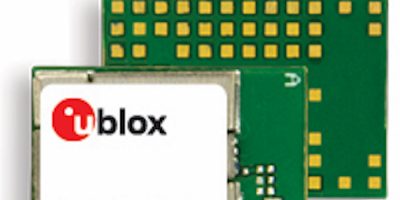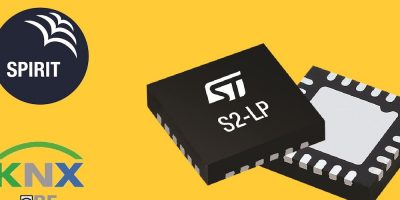RA6 series microcontrollers (MCUs) from Renesas now include nine new RA6M4 group MCUs. These additions bring the RA family up to 42 MCUs. The latest 32-bit MCUs boost operating performance up to 200MHz using the Arm Cortex-M33 core based on Armv8-M architecture with Arm TrustZone technology.
The RA6M4 MCUs are supported by the Flexible Software Package (FSP) and Renesas’ partner ecosystem of software and hardware building blocks for RA6M4 MCUs and FSP to address industry 4.0, building automation, metering, healthcare, and home appliance applications.
The MCUs have large embedded RAM with parity/ECC, low power consumption, and benefit from the Arm developer and tools ecosystem. According to Renesas, the RA6M4 MCUs speed the development of intelligent IoT edge and endpoint devices. Renesas’ enhanced Secure Crypto Engine incorporates multiple symmetric and asymmetric cryptography accelerators, advanced key management, security lifecycle management, tamper detection, and increased resistance to side-channel attack, in addition to Arm TrustZone technology. These integrated security features enable customers to realise lower bill of materials (BoM) cost and secure element functionality in IoT designs, Renesas says.
“[The RA6M4 MCUs] offer customers best-in-class performance and security enhancements built with Arm Cortex-M33 cores that clearly deliver more memory, memory interface expansion, better power efficiency and wake-up time, and more connectivity options,” said Roger Wendelken, senior vice president of Renesas’ IoT and Infrastructure Business Unit. “
“IoT edge and endpoint technologies are opening up new opportunities for developers to build smaller devices, with greater privacy and less dependence on the cloud,” said Dipti Vachani, senior vice president and general manager, Automotive and IoT Line of Business at Arm. “The RA6M4 MCUs move intelligence closer to the data, with Arm TrustZone technology built in to ensure privacy and data integrity, helping securely accelerate the growth of IoT,” he added.
The RA6M4 MCUs are built on an efficient 40nm process, to drive power consumption down to 99 microA/MHz while running the CoreMark algorithm from flash. The MCUs also support fast wakeup times of 30 micro seconds from standby using an on-chip oscillator. The high integration up to 1Mbyte code flash memory and 256kbyte of SRAM (64kbyte with ECC) also make the RA6M4 MCUs well suited for low power and safety applications.
The RA6M4 with Flexible Software Package (FSP) allows customers to re-use their legacy code and combine it with software from partners across the Arm ecosystem to speed implementation of complex connectivity and security functions. The FSP includes FreeRTOS and middleware, offering a premium device-to-cloud option for developers. These out-of-box options can be easily replaced and expanded with any other RTOS or middleware. It also provides a host of efficiency enhancing tools for developing projects targeting the RA6M4 MCUs. The e2 studio integrated development environment (IDE) provides a familiar development cockpit from which the key steps of project creation, module selection and configuration, code development, code generation, and debugging are all managed. FSP uses a GUI to simplify the process and dramatically accelerate the development process.
The RA6M4 MCUs are available now from Renesas’ worldwide distributors.







